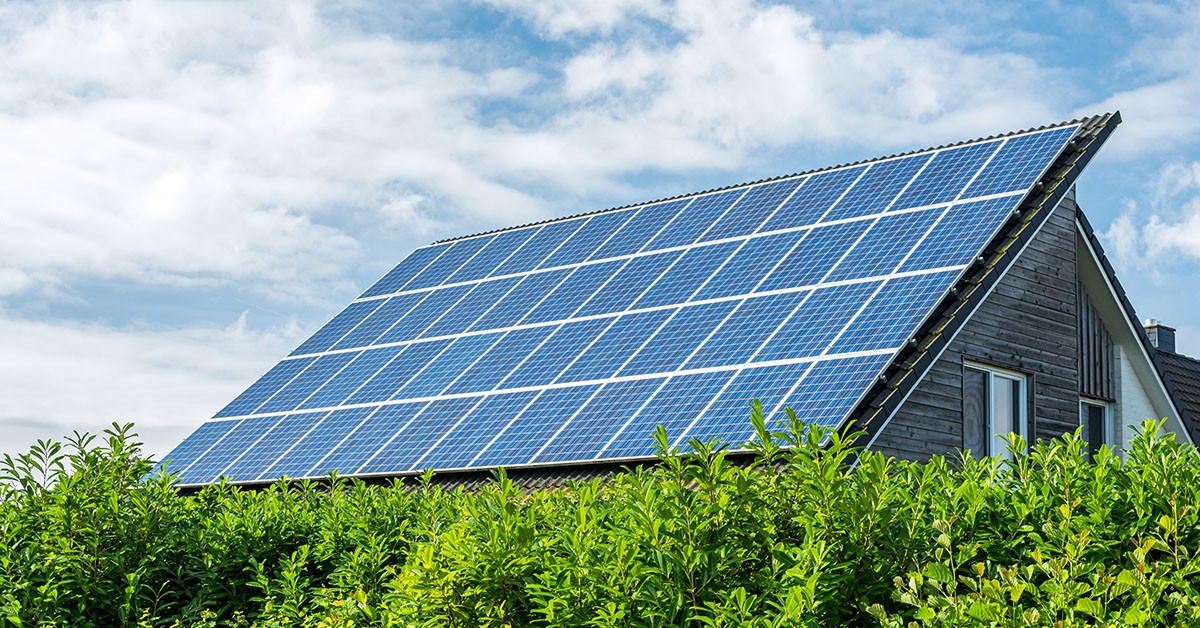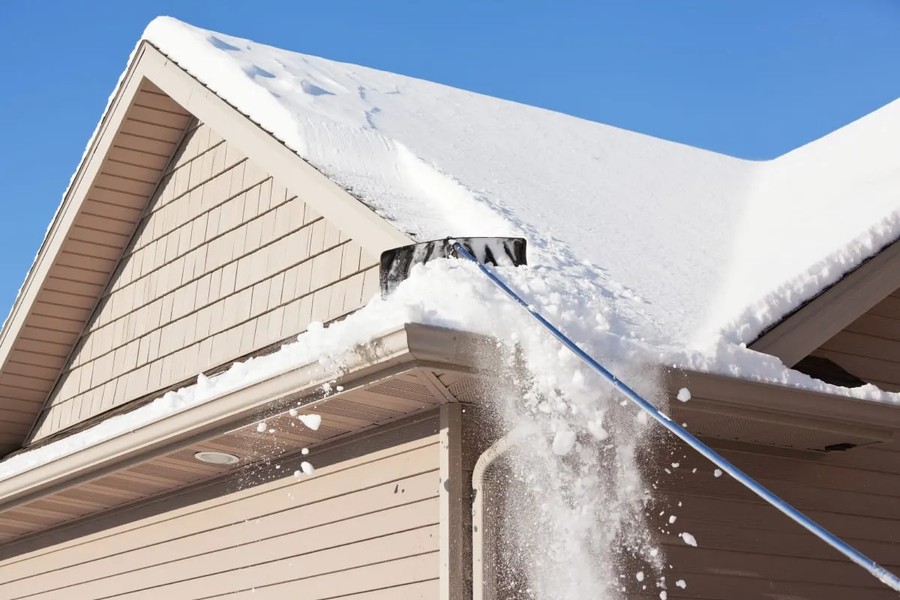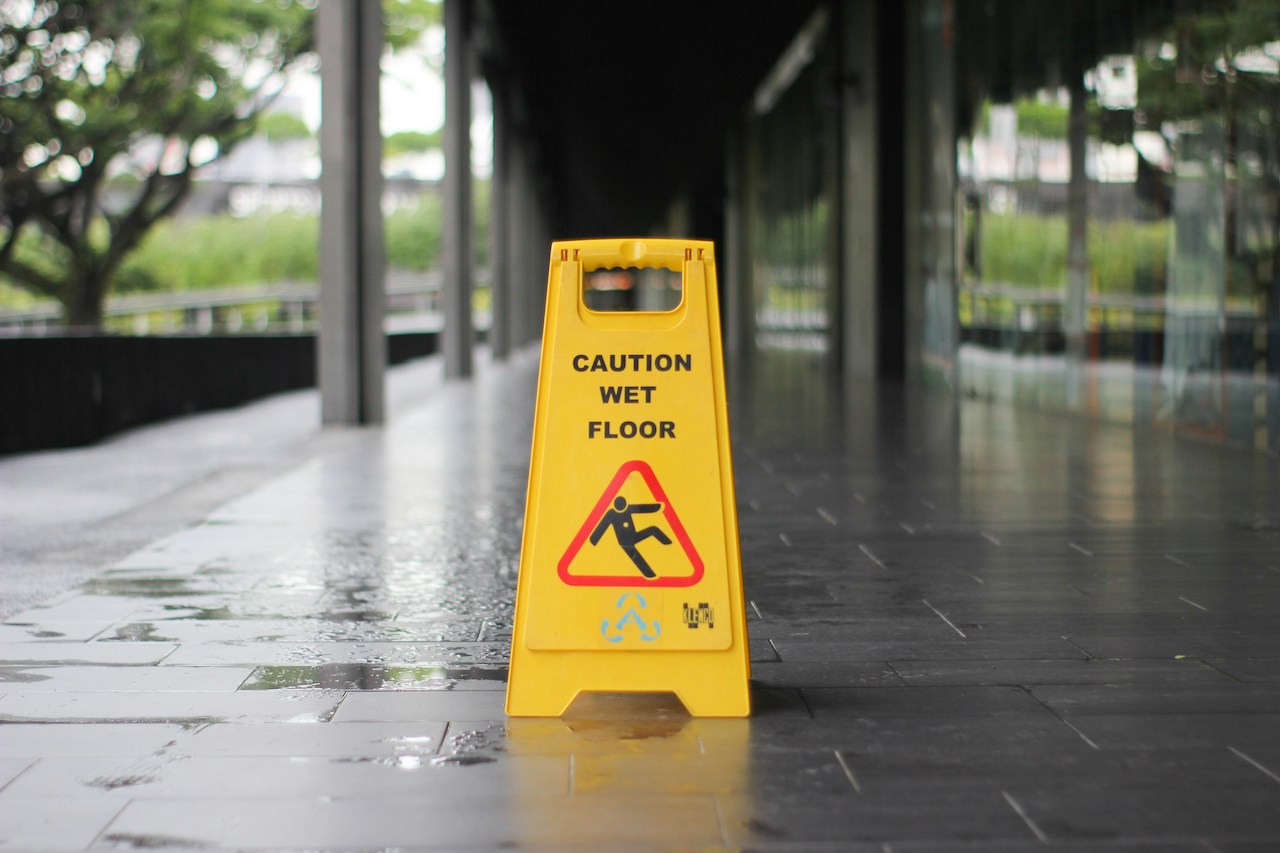Building for Resilience: How General Contractors Can Prepare for Climate Change
Climate change is one of the most critical issues the world is facing at present. Be it scratching summer, or excessive rainfalls resulting in floods, tornados, or snowstorms, humans as a community have to bear it all. While the duration of catastrophes is short-lived, their impacts last much longer. Speaking of disaster impacts, the construction industry is one of the most affected. Buildings regardless of size, purpose, and structures get hit the most when any disaster hits the region. As catastrophes have become frequent, it is high time to build climate-resilient infrastructure that can withstand the adversities.
How to Build Climate-Resilient Buildings
Climate-resilient buildings comprise energy grids, transportation networks, communication systems, and water supply systems that can function during adverse impacts. These infrastructures should be built to safeguard human lives and economic possessions while not hampering the environment. General contractors armed with the latest materials, technology, state-of-the-art knowledge, and a team of professional skilled craftsmen should take up the initiative.
The Initial Step Towards Climate Resilience
The hazard identification and risk assessment process (HIRA) is the first step taken by a general contractor toward building a climate-resilient building. Hazard identification involves a detailed examination of potential and environmental risks that the buildings can be subjected to in the future. These risks are analyzed during risk assessment based on their possibility and impact. It helps to prioritize risks based on their impacts and take strategic initiatives beforehand.
Analyzing Environmental Impact
The climate risks faced by infrastructure or buildings are mainly based on their geographical location. Based on environmental factors, climate risk for buildings can be classified as below.
- Earthquakes
- Floods
- Hurricanes
- Tornado
- Wildfires and Smoke
- Severe Rain and Wind
Material Selection For Climate-Resilient Structures
Once the climate risk is diagnosed due to a certain environmental factor, the general contractor should select building materials that would prevent a certain catastrophic impact.
For regions prone to earthquakes, buildings must be built with seismic resilience i.e. they should be able to bear the pressure of ground motion and lateral forces. The building foundations can be integrated with seismic dampers allowing vibrations to transfer or distribute. Steel, wood, and masonry walls filled with concrete are some earthquake-resistant materials. Shape memory alloys and seismic invisibility cloaks are the latest innovations here.
For regions where floods are frequent, general contractors should specifically elevate the building structures so that flooding can not reach above the ground floor. The building construction or renovation must include flood barriers, water management systems like pumps and leeches, flood-resistant materials like concrete, closed-cell and insulated foam, marine-grade plywood, corrosion-resistant steel, wood, and ceramic tiles.
For localities facing hurricanes and tornados, general contractors should offer building materials that can withstand strong wind loads. For example, building roofs should be either metal built or installed with proper tie-down anchors. Windows should have metal louvers and grills, while doors should be made of solid wood or steel. Further, building walls should be made of concrete with steel bars reinforced, insulated concrete forms, or with steel metal frames.
For wildfire-inclined areas, buildings should be made from fire-resistant materials like metal roofing with gauge or slate, clay tile roofing, and roofings mounted with irrigation systems. Further, the buildings can incorporate fire-resistant glass windows, concrete, gypsum, stucco, and brick. To counterattack smoke, the structures should facilitate HEPA or electrostatic air filters.
Integration Of Technology For Making Climate Resilient Homes
While designing climate-resilient buildings, general contractors must include the latest technology additions. Leveraging the Internet of Things (IoT) technology, buildings should be integrated with advanced geotechnical sensors. These sensors monitor environmental conditions like air and water quality, soil health condition, vegetation health, and their impact on infrastructure. Further, they take real-time data to track the functionality of any infrastructure system and predict failure early. This makes the building owner or resident take necessary precautions before mishaps and be alert and updated.
Building a climate-resilient building is an emergency of the hour and general contractors should embrace the challenge. The general contractor should build structures that offer protection and safety to humans, animals, assets, and communities when climate unleashes its cruel nature.




